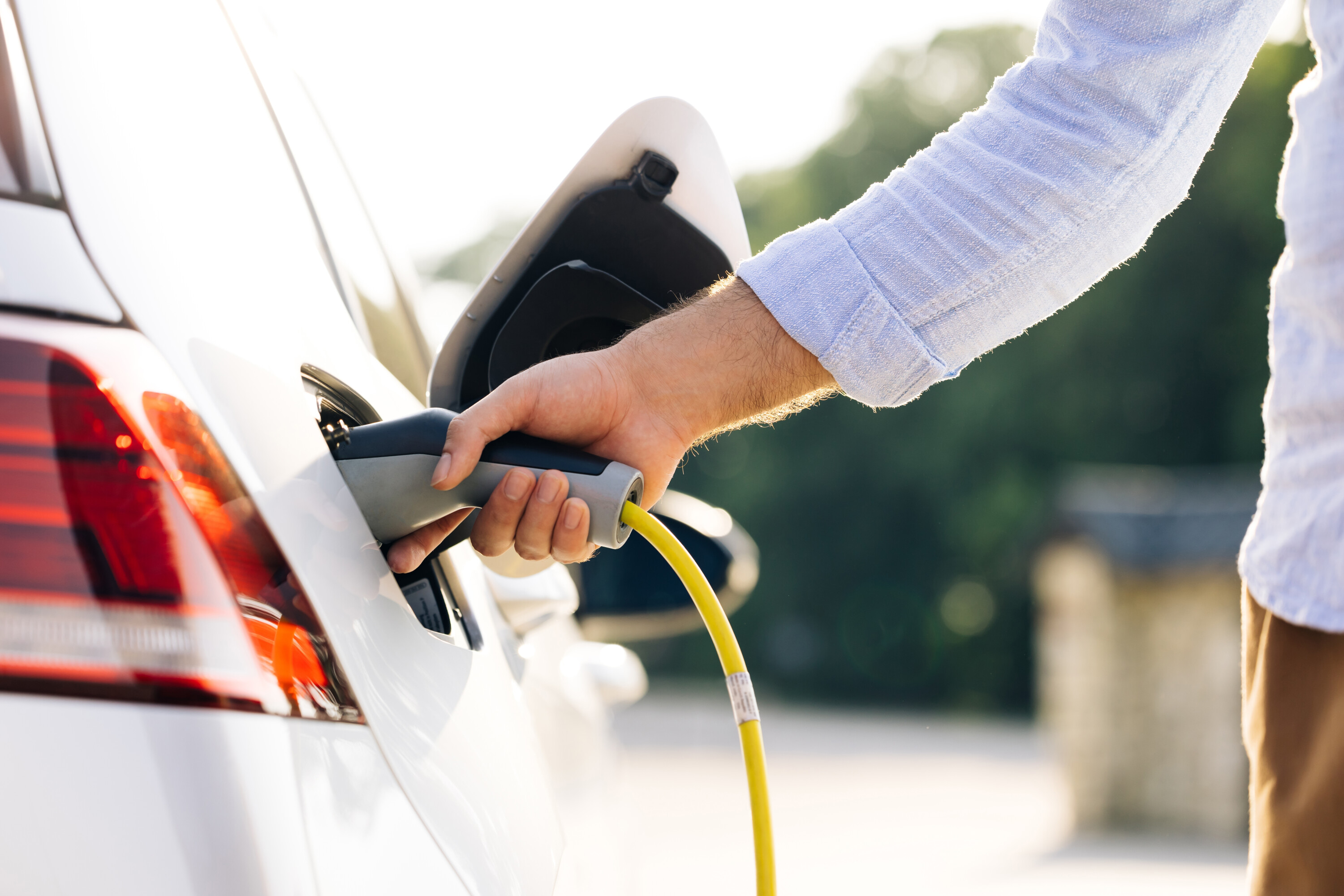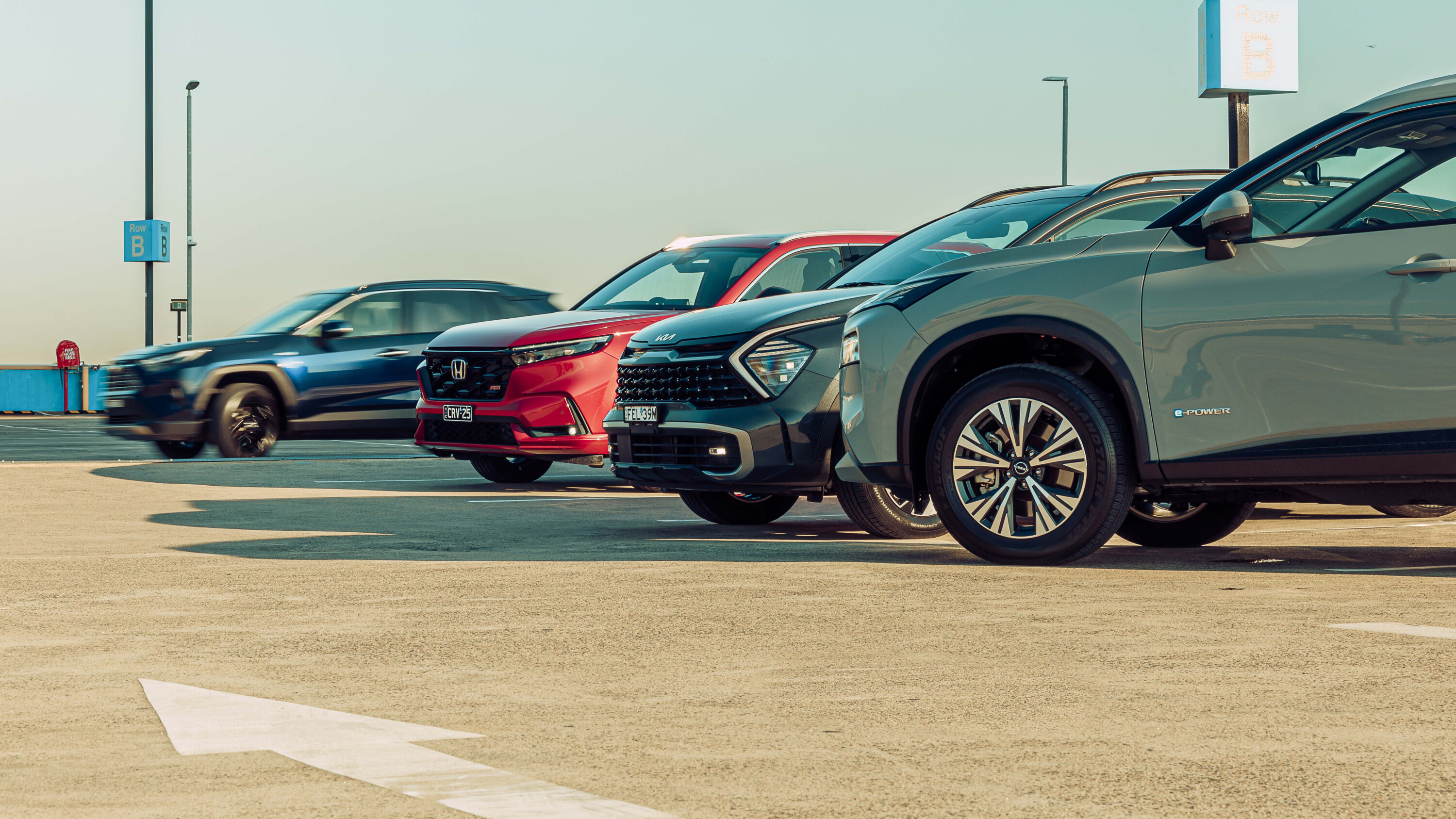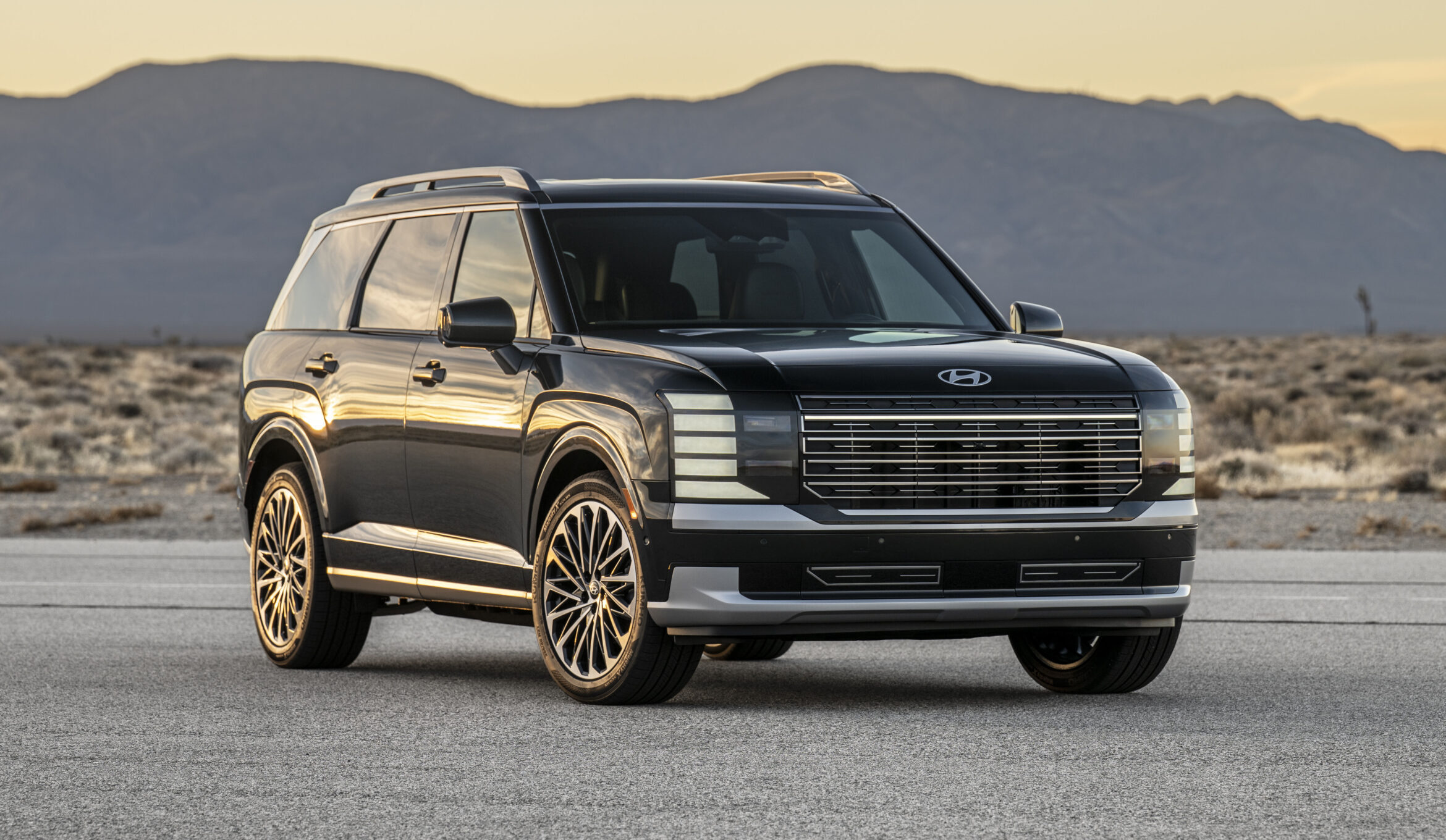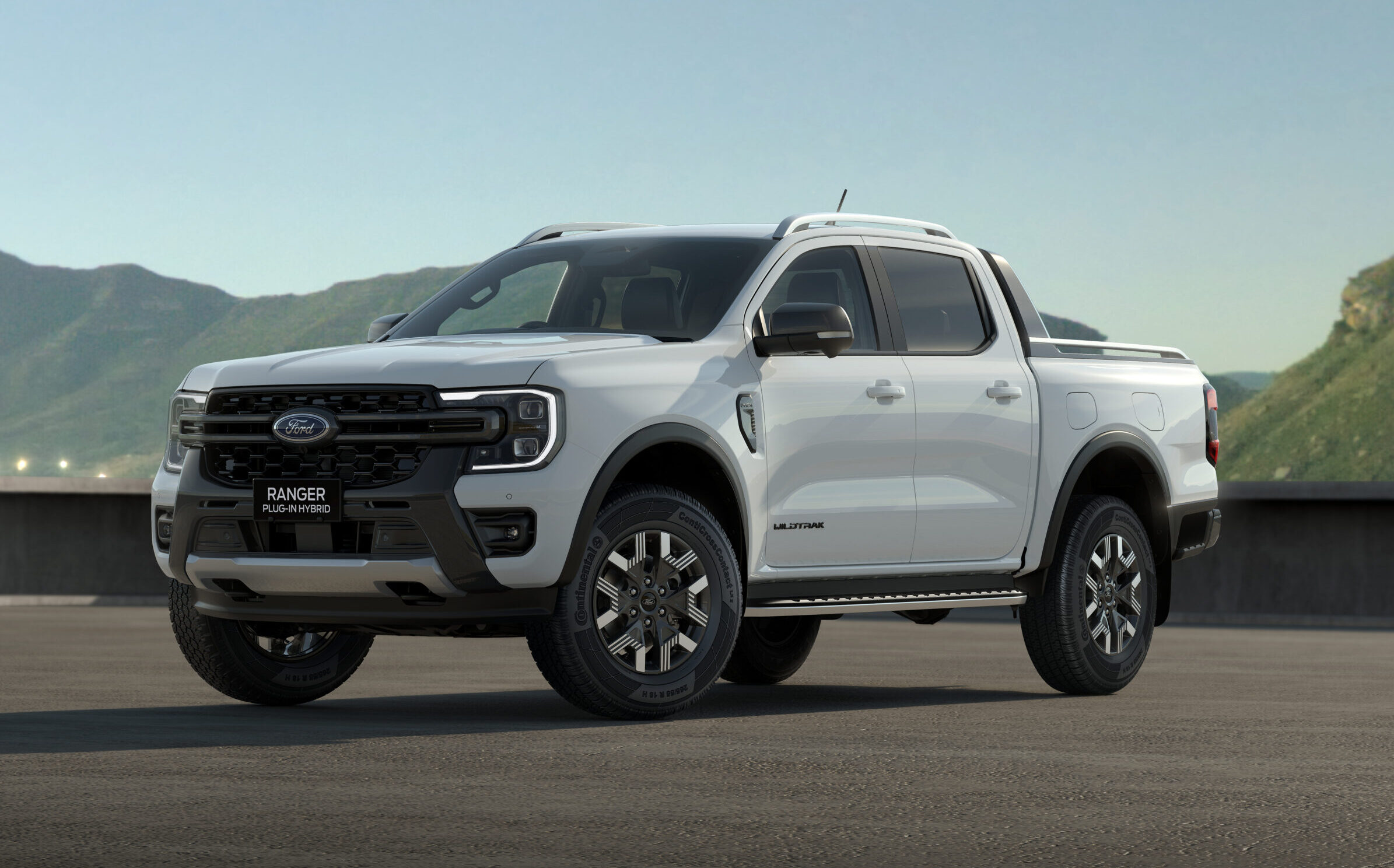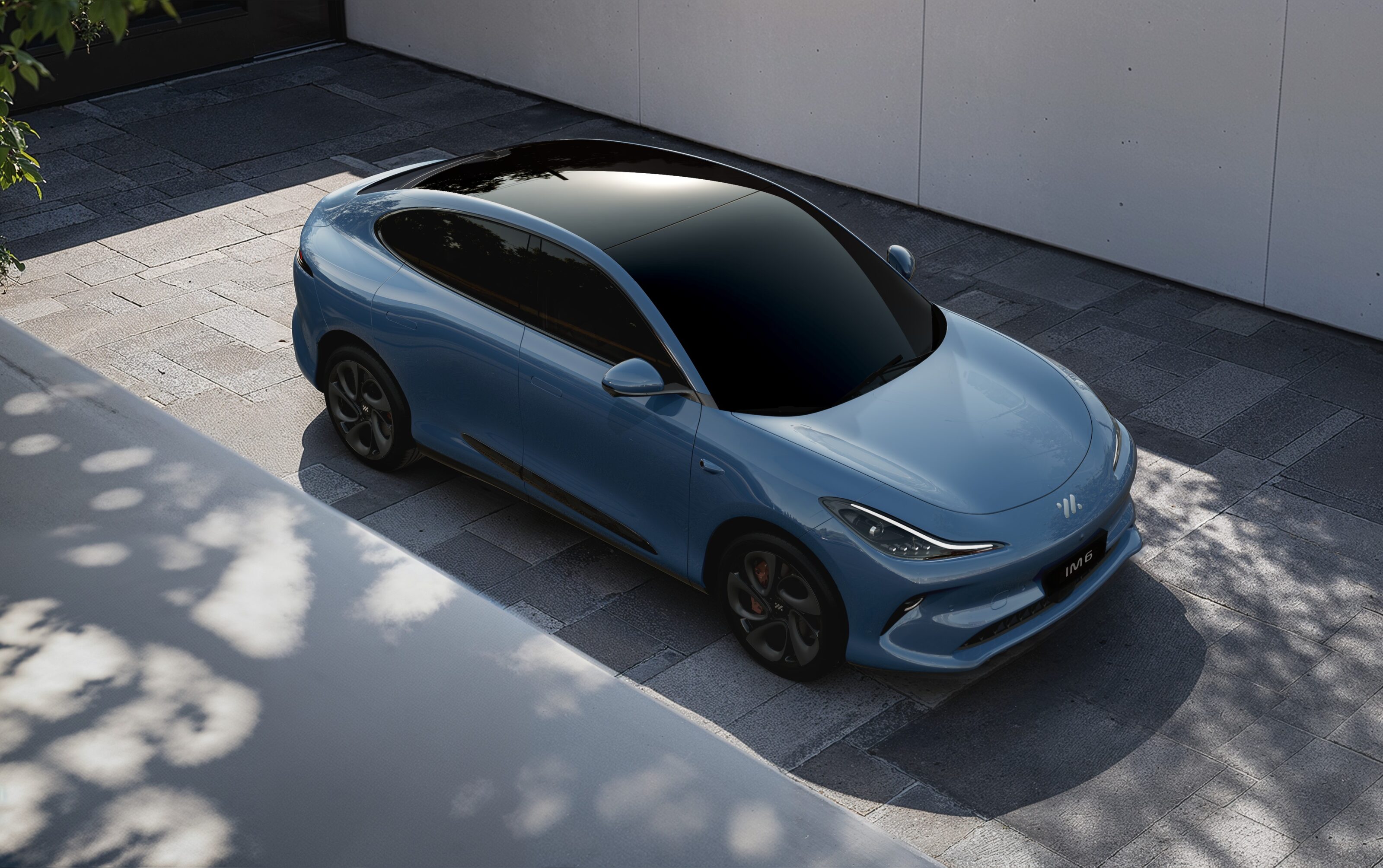Sales of hybrid vehicles continued to exceed those of electric vehicles in the last three months of 2024 despite losing market share across the nation, according to the Australian Automobile Association.
While the market share of hybrids fell from 16.70 per cent in the third quarter to 14.83 per cent, or 42,618 units in the fourth quarter, they still outsold EVs, which increased their market share to 7.42 per cent of sales, or 21,331 units – up from 6.59 per cent.
Light vehicle sales in the fourth quarter of 2024 were the slowest in the new car market since the January quarter of 2023, with a 0.62 per cent fall from 289,098 to 287,294 units.
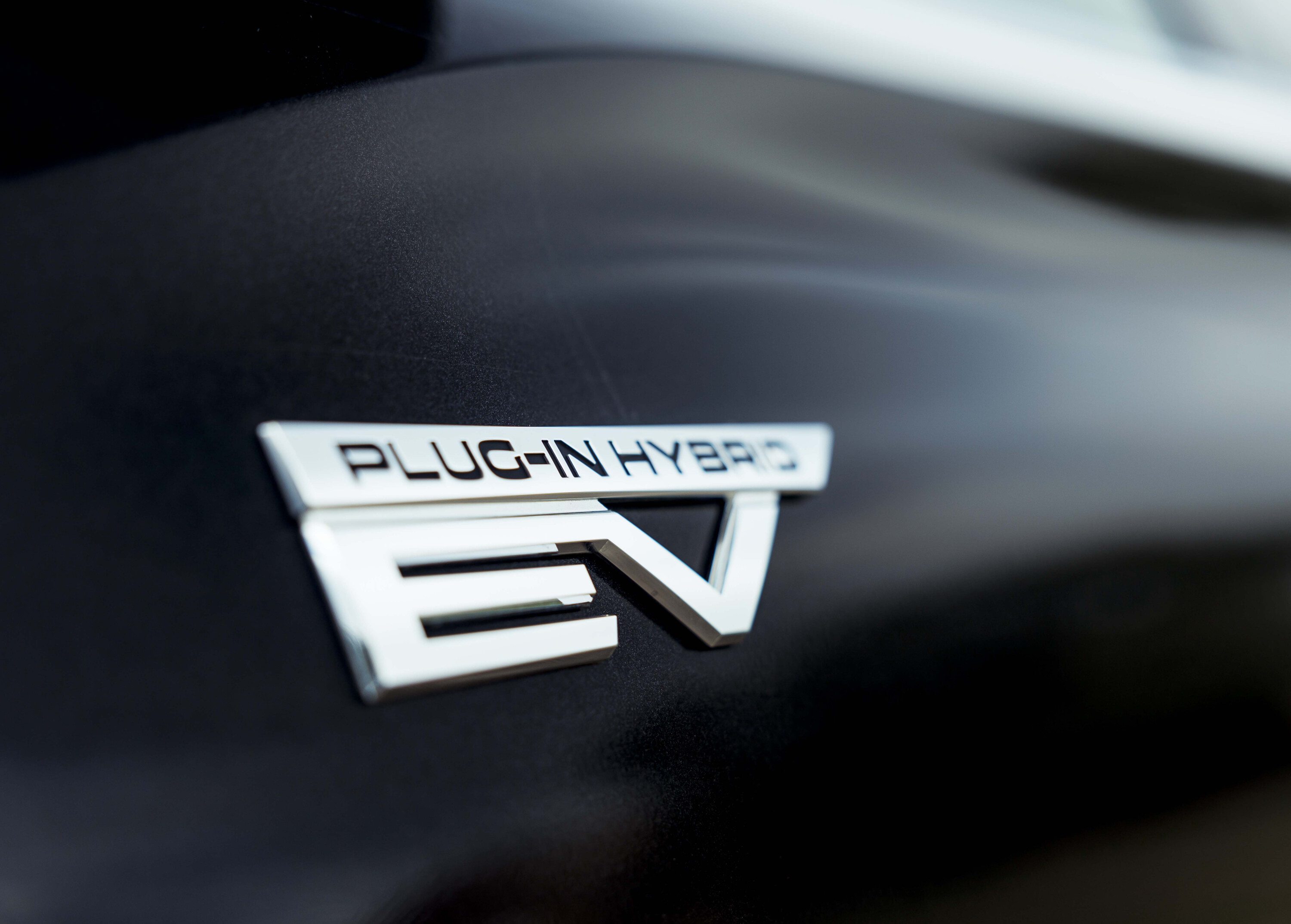
As expected, medium SUVs remained the most popular type of vehicle in Australia and dominated hybrid, EV and PHEV markets, though among ICE vehicles they were the fourth-most popular segment behind 4WD utes, small SUVs and large SUVs.
In the fourth quarter of 2024, more than half of all SUVs sold were ICE – about a fifth (19.34%) were hybrids, 6.61% were EVs and 4.10% were PHEVs.
ICE vehicles dominated all market segments except for medium cars, where more than half were electric thanks to cars like the Tesla Model 3 and BYD Seal.

New vehicle sales data from January 2025 shows that the market has continued to cool with a total of 86,804 new vehicles registered – 2,978 fewer than January 2024.
But in a surprise turn, both hybrid and plug-in hybrid sales increased significantly; hybrids from 9,791 to 14,836 units (+51.5 per cent) and PHEVs from 1,012 to 1,908 (+88.5 per cent).
Further increases of battery-powered vehicles are likely this year as the Federal Government has implemented its New Vehicle Efficiency Standard, which is designed to drive greater sales of EVs and more fuel-efficient vehicles. The scheme took effect on January 1, 2025, and reporting of its effects will start in July.


